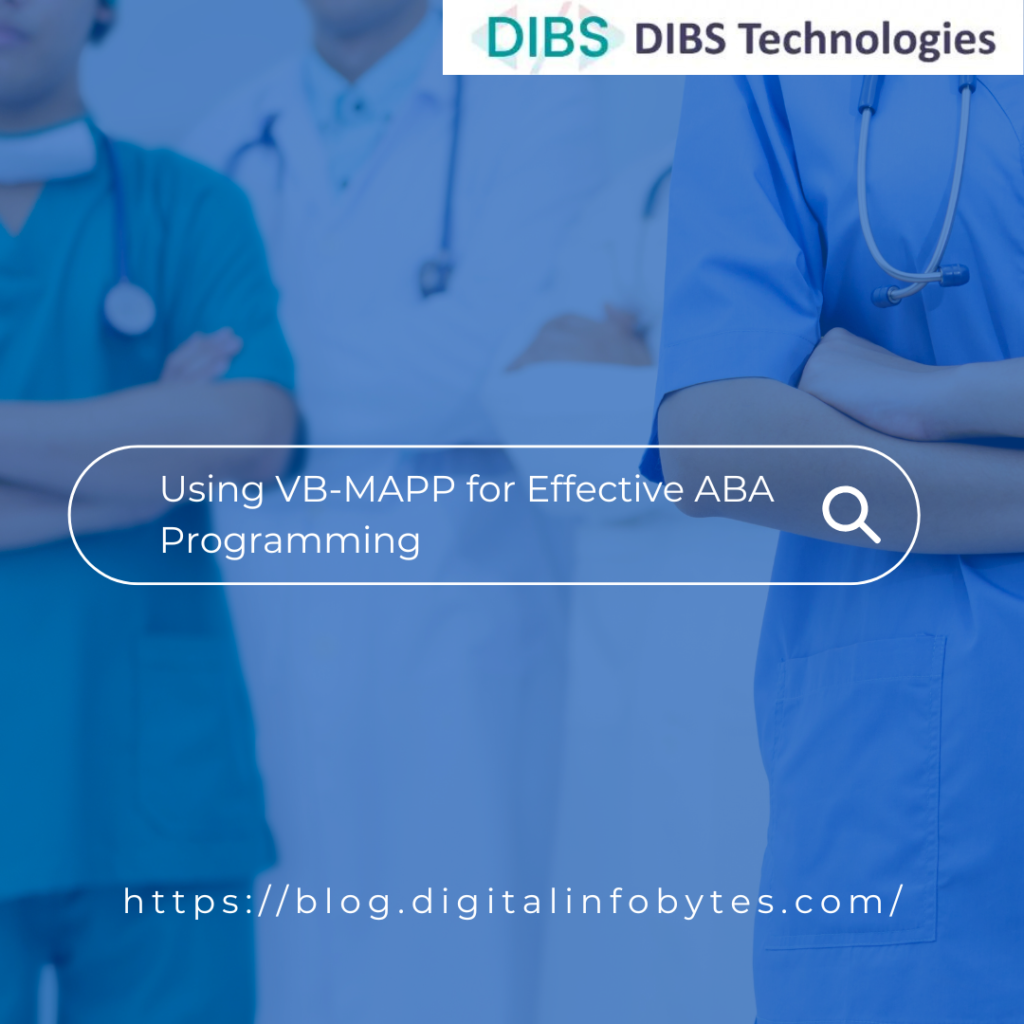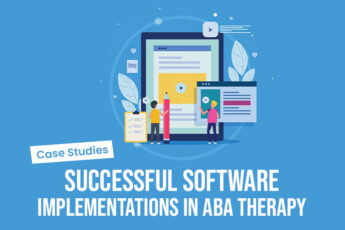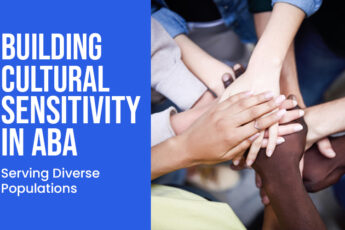The use of Applied Behavior Analysis (ABA) has been widely accepted as an evidence-based approach for supporting individuals with developmental disorders, specifically Autism Spectrum Disorder (ASD). One valuable resource within the ABA toolkit is the Verbal Behavior Milestones Assessment and Placement Program (VB-MAPP). This comprehensive guide will dive into the complexities of VB-MAPP and reveal its effectiveness in ABA programming, fostering significant advancements for individuals facing developmental obstacles.
Understanding VB-MAPP
The VB-MAPP is a comprehensive tool that thoughtfully evaluates and tracks the language and social capabilities of individuals with developmental disabilities. Created by renowned researcher Dr Mark L. Sundberg, this assessment specifically hones in on verbal behaviour, an essential component for effective communication and social interactions.
The VB-MAPP is structured into two key components:
Milestones Assessment: This crucial part of the assessment delves into 16 distinct areas of skill, including manding (requesting), tacting (labelling), intraverbals (conversational skills), and more. So, through this assessment, a comprehensive and detailed analysis of an individual’s current communication and social abilities is provided.
Barriers Assessment: This component helps pinpoint any potential obstacles that may impede a learner’s progress in acquiring language and social skills.
Using VB-MAPP for Effective ABA Programming

Personalizing Assessment and Goal Setting:
Our approach starts with a comprehensive VB-MAPP assessment to gain insights into the individual’s skill development. This provides a foundation for determining strengths and areas for growth.
Crafting Clear and Effective Goals:
Assessment results guide the establishment of specific, measurable, and attainable goals. Hence, these goals are tailored to the individual’s unique needs and target key skill areas for improvement.
Designing a Tailored Intervention Plan:
Our intervention plan is personalized to the individual’s VB-MAPP outcomes. It incorporates targeted strategies and evidence-based ABA techniques to enhance areas of challenge.
Addressing Potential Barriers:
The Barriers Assessment helps us identify any hurdles that may hinder the individual’s progress. We address these obstacles to optimize learning and growth.
Engaging and Collaborative Caregiver Partnership:
Empower parents, caregivers, and other vested parties to work together towards the success of the individual. Share the progress of the VB-MAPP assessment and actively involve them in setting goals. Also, equip caregivers with the tools to implement ABA strategies at home, ensuring consistency and promoting skill generalization in various environments.
Continuous Evaluation and Adaptation:
Consistently evaluate the progress of the individual using the VB-MAPP to monitor growth and pinpoint any areas needing additional support. So, the tailored intervention strategies are based on ongoing assessments and the evolving needs of the individual.
Cultivating Generalization of Skills:
Strive towards fostering the transfer of skills to diverse settings and with varied individuals. Also, motivates the utilization of acquired abilities in practical circumstances to enhance the individual’s effective communication and social connections.
Conclusion
The VB-MAPP is a powerful tool that empowers ABA practitioners to conduct a thorough assessment, develop targeted intervention plans, and monitor progress effectively. Thus, by incorporating the VB-MAPP into ABA programming, professionals can create individualized and evidence-based strategies that promote meaningful and sustainable gains in communication and social skills for individuals with developmental challenges.
So, remember the key to success lies in the ongoing collaboration with caregivers, consistent data collection, and the flexibility to adjust interventions based on the individual’s progress. With the right approach, the VB-MAPP becomes a guiding compass on the journey toward improved communication and social competence.
Talk to our experts and find out more about the latest healthcare technologies. See how the DIBS team can help you improve communication and coordination between healthcare systems, streamline workflows, and enhance patient care.







Leave a Comment